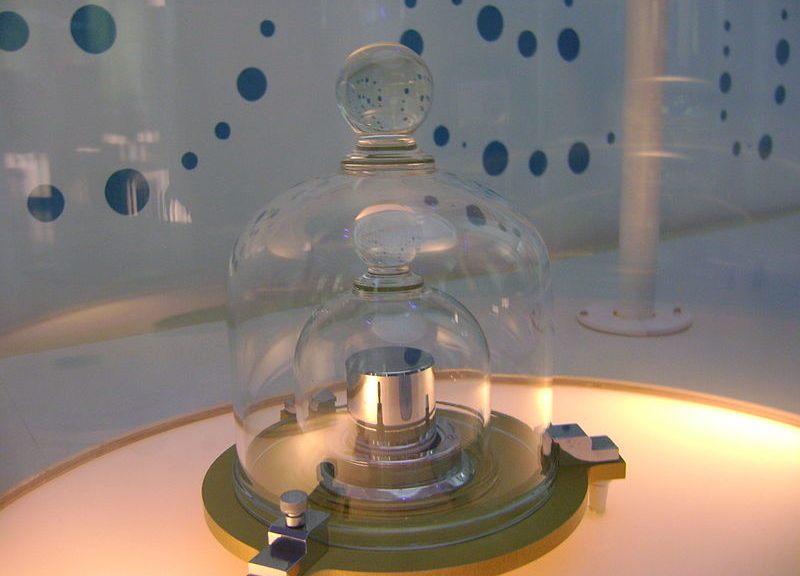What makes a kilogram a kilogram?
Since the late 19th century the standard, which a kilogram has been measured, has been based on a chunk of platinum-alloy, called Le Grand K, that’s held at the International Bureau of Weights and Measures laboratory in Sèvres, France.
According to the Encyclopedia Britannica, a kilogram was originally intended to be equal to the mass of 1,000 cubic centimeters of water.

The U.S. delegation at the 26th General Conference of Weights and Measures where more than 55 countries voted to redefine four of the seven base units for the International System of Units (SI). (G. Porter/NIST)
But now a group of delegates, representing 57 countries, at the 26th General Conference of Weights and Measures, have voted to redefine four of the International System of Units – the kilogram – measurement of mass, the ampere – current measurement, kelvin – temperature and the amount of substance known as the mole.
Scientists say they used the constants and equations of quantum mechanics to develop the new standards.
Rather than base these measurements on archaic standards, such as the Le Grand K, they will be defined by natural phenomena.
The new kilogram standard, for example, the International Bureau of Weights and Measures says it will be based on three basic quantum constants – the Planck constant, the speed of light and the natural microwave radiation of the cesium atom.
The bureau says these new methods of determining measurement standards will be a million times more stable than those based on the old methods.
The new standards are said to go into effect in May, 2019.






















Comments are closed.